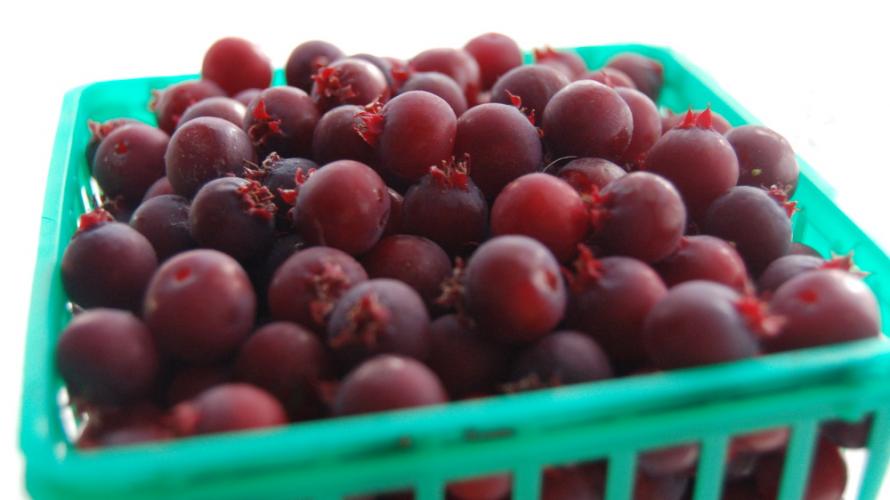

Jenna Caplette migrated from California to Montana in the early 1970s, first living on the Crow Indian reservation, then moving to Bozeman where she owned a downtown retail anchor for eighteen years. These days she owns Bozeman BodyTalk & Energetic Healthcare, hosts a monthly movie night, teaches and writes about many topics.
*********
Sarvis berries. Serviceberries. Juneberries. They grow wild on hillsides and in gullies around Montana. Mostly, they ripen in July.
Seasonal past-times like berry picking are so completely about how people have lived and made a living here, that they root us to our heritage of living off and with the land. For myself, picking juneberries roots me to my own Montana history.
In the summer of 1974 I was a junior at UC Santa Cruz, cruising out West in my VW Beetle, ready to work for the Crow 4-H program in Eastern Montana. Within two days of arriving on the reservation, I was sent to Black Canyon Youth Camp up in the Big Horn Mountains.
There were only three of us working at the camp who didn’t speak Crow, and Crow was the primary language spoken. I was new to the reservation, young, overwhelmed. The language barrier was a challenge I hadn’t expected. Then one morning when I was out jogging (such a California thing to be doing forty years ago, up in the mountains, on the reservation), I found some berries that someone introduced to me as juneberries. Drier than blueberries and not so sweet as a huckleberry, juneberries are filled with grainy, edible seeds. Fresh off the bush, I loved them from the first bite.
I picked enough berries to bake two pies. Sharing the kitchen with the women who cooked for the camp, laughing as we worked, the language barrier softened and I felt less an outsider.
Later, I listened to stories about Juneberry picking from my ex-husband who is Crow. He spent his childhood summers camped in the Big Horn Mountains with his grandmother and other relations. He says his grandmother taught him to make a circle of juneberry juice around his belly button to keep from getting a stomach ache after feasting on berries.
A mixed-blood elder from Roy loved to tell how she would head out with other women to pick, loading supplies and a picnic in her old chevy pickup. She glowed when she told berry picking stories and she told them often.
When my daughter, who has Down Syndrome, turned two and began to walk it was something to celebrate. My husband told me it is a Crow tradition to have a walking party and that the traditional food for that celebration is juneberry pudding. I used berries I had canned the previous summer and made the “pudding” with a mix of berries, water, sugar, and cornstarch, heated just enough to make the sauce thicken. Scoop that pudding with fresh fry bread and life tastes pretty good. These years later, my daughter won't eat juneberries unless I make them in to Indian pudding.
Every summer, I still pick. Sometimes right in Bozeman city limits. Sometimes I feast my way up and down favorite trails with joggers and hikers passing, oblivious to the bounty- or maybe, like my daughter, they just prefer the taste of blueberries.
That's good with me. I love that juneberries are mostly ignored. It leaves more for birds, bears -- and me!
